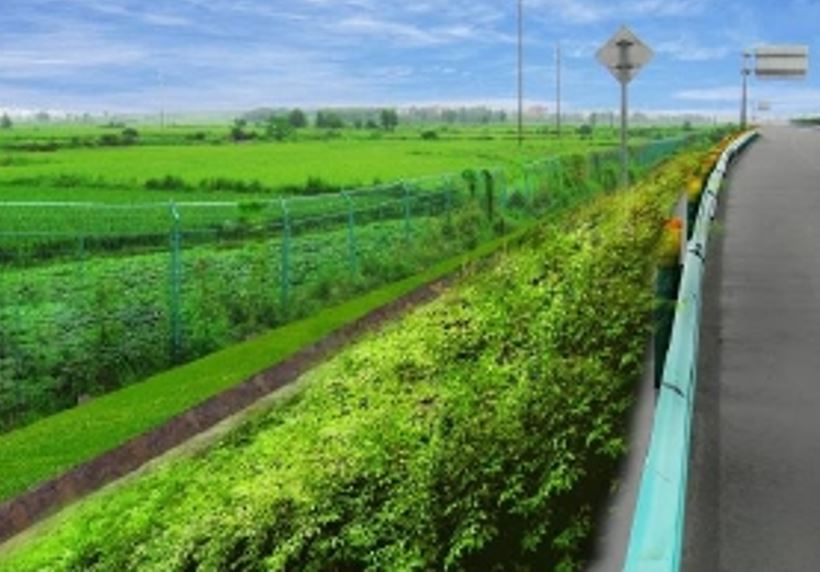
In order to effectively analyze the optimal allocation mode of plant community in the process of slope ecological restoration, 15 plants were selected and 10 plant community combinations were designed. The experiment lasted for 90 days, and the optimal allocation model of plant community was obtained. The optimal allocation pattern of plant communities in slope ecological restoration was C7: 10 plants of Amorpha fruticosa + 20 plants of Vitex negundo + 30 plants of Festuca arundinacea + 20 plants of Moxa argyi + 10 plants of Dianthus caryophylla + 20 plants of Lespedeza + 10 plants of Leucaena + 8 plants of Acacia; C8: 30 plants of Euonymus microphylla + 10 plants of Shearnut + 20 plants of Alfalfa + 30 plants of Pigeon Beans + 20 plants of Crotalaria mucronata + 20 plants of Mimosa bimucronata; C3: 20 plants of Amorpha fruticosa + 50 plants of Euonymus fortunei var. radicans + 20 plants of Aicao + 10 plants of Pigeon bean + 8 plants of Leucaena +10 plants of Dodonaea viscosa. The experimental results show that the optimal allocation model of plant community is effective in slope ecological restoration.
Total file downloads: 10